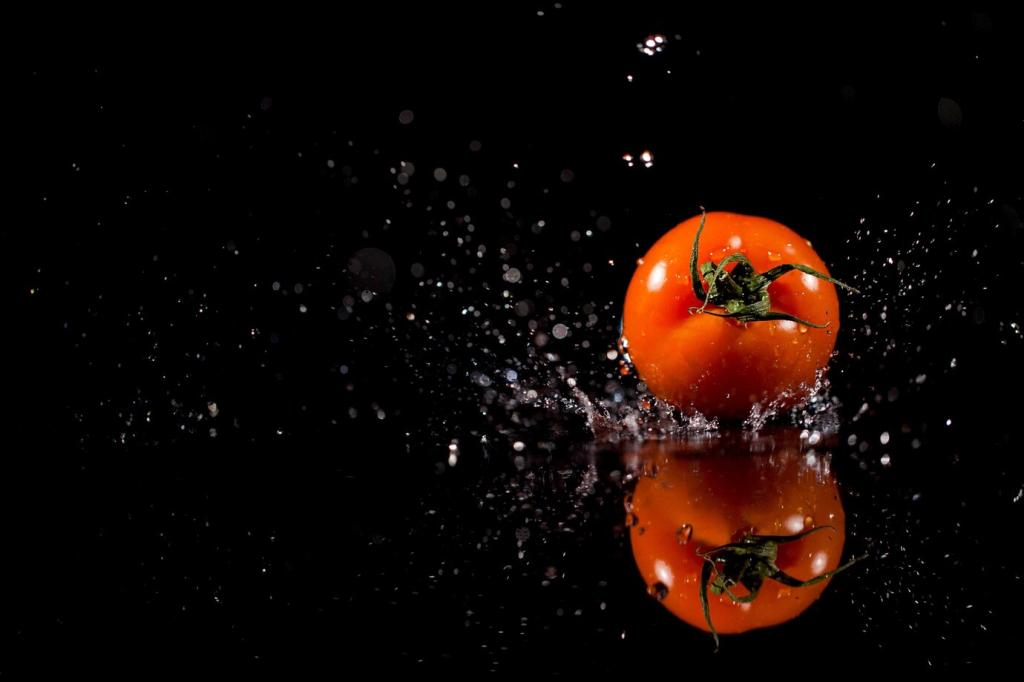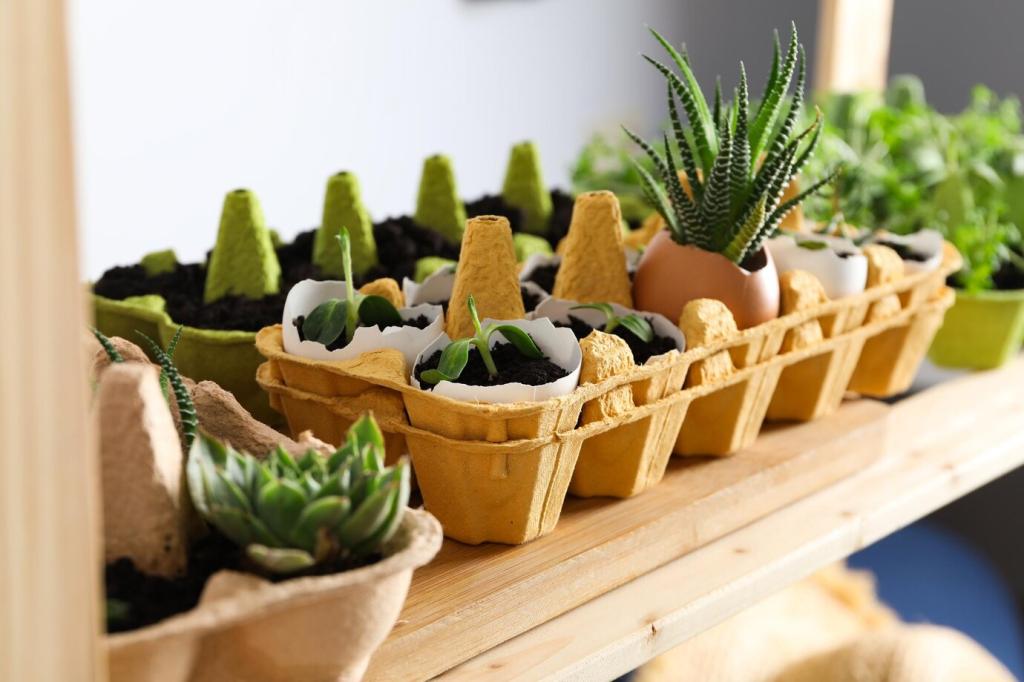Compost Systems That Complement Your Garden Style
Try powder-coated steel tumblers tucked behind a screening hedge, or a slatted cedar enclosure aligned with your deck boards. The crisp silhouette gives compost a refined presence, while aeration gaps and easy access make turning and harvesting surprisingly satisfying.
Compost Systems That Complement Your Garden Style
Woven willow bays or stacked reclaimed brick bins can feel like garden sculpture. Layer greens and browns under a rosemary hedge; let fragrant herbs edge the bins. The scene whispers, everything returns, and visitors lean closer to ask how it works.








